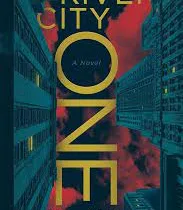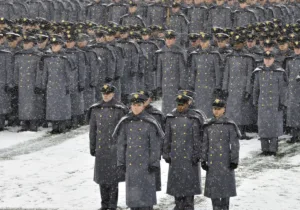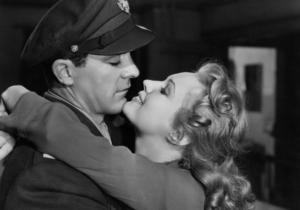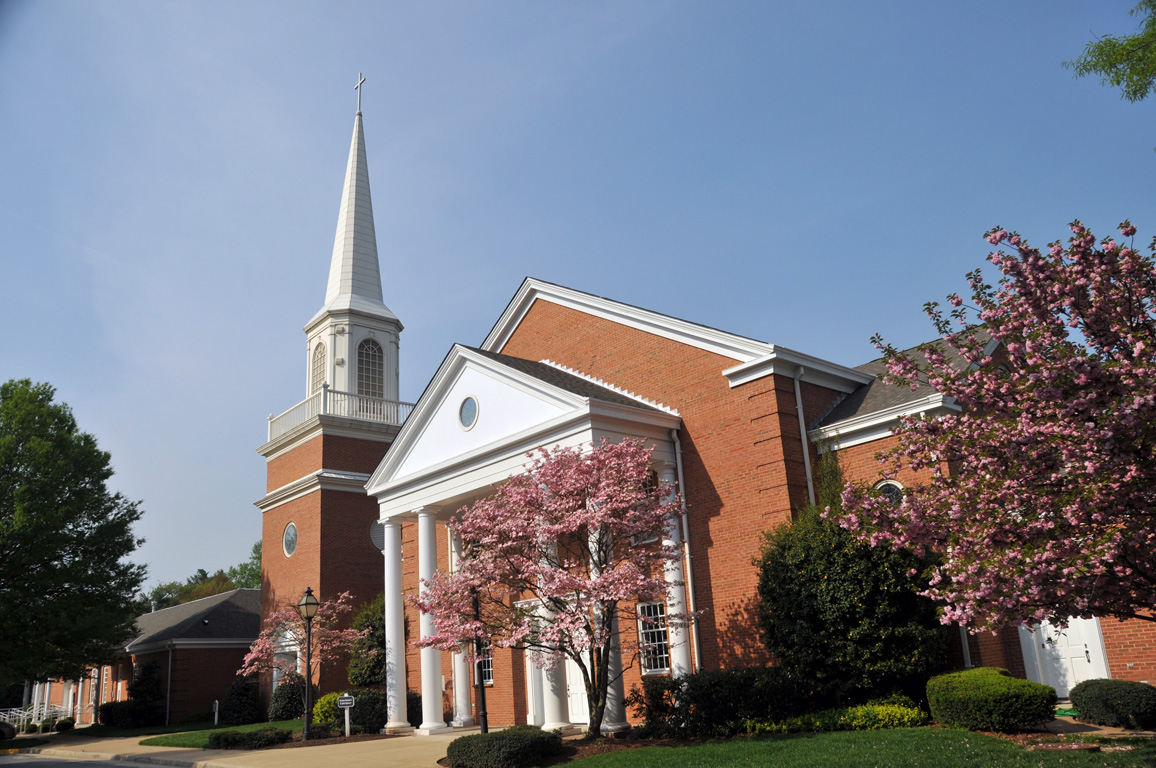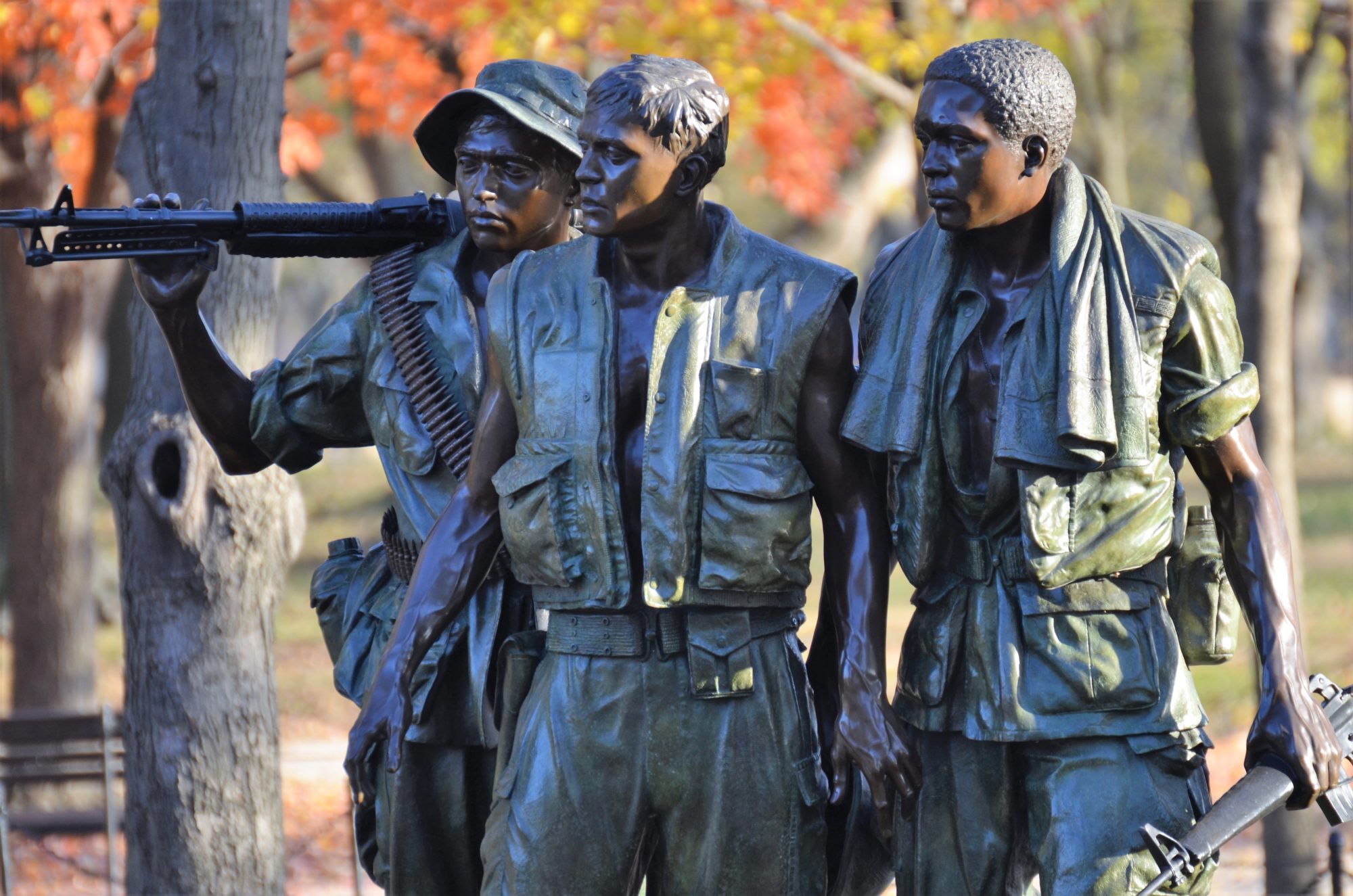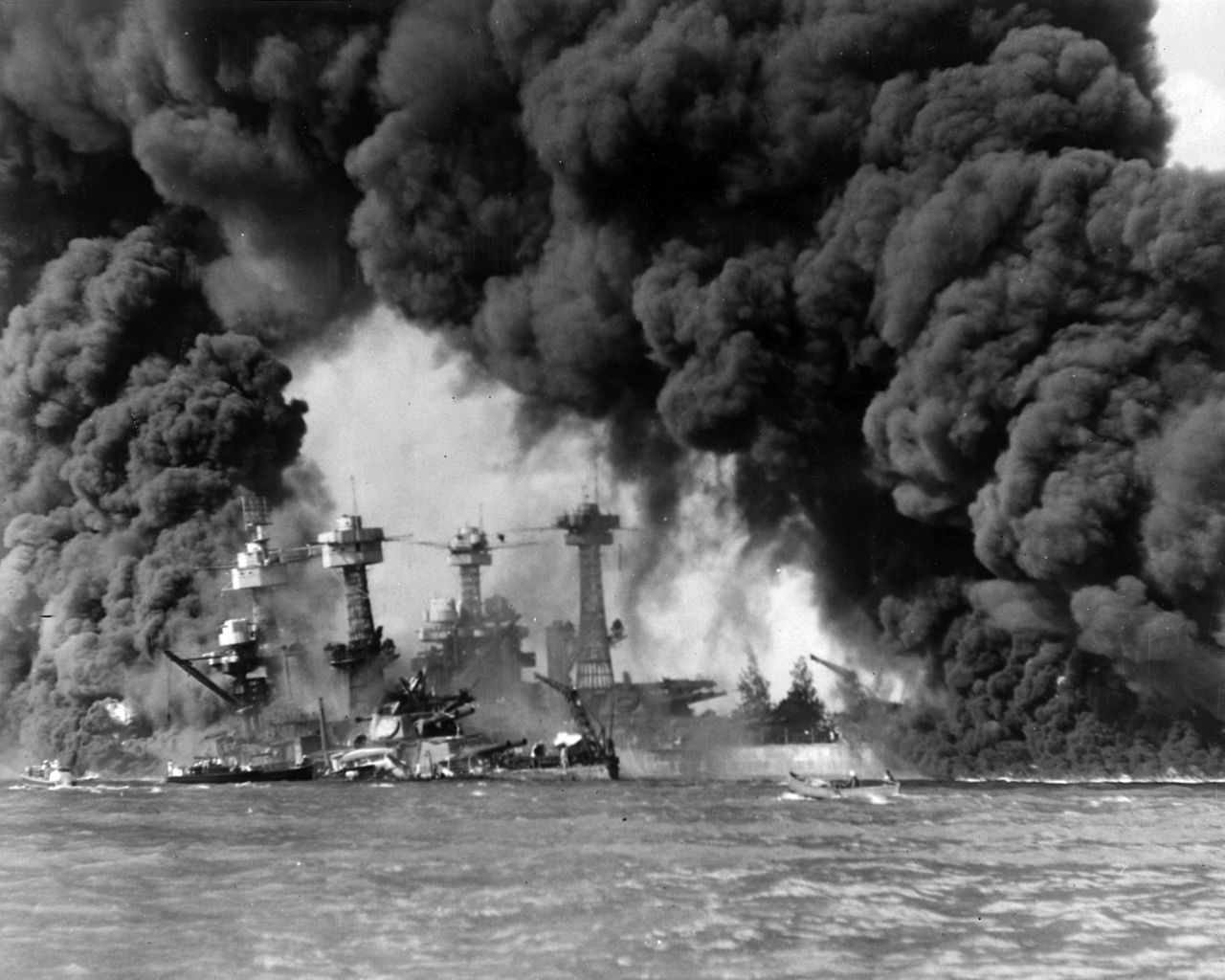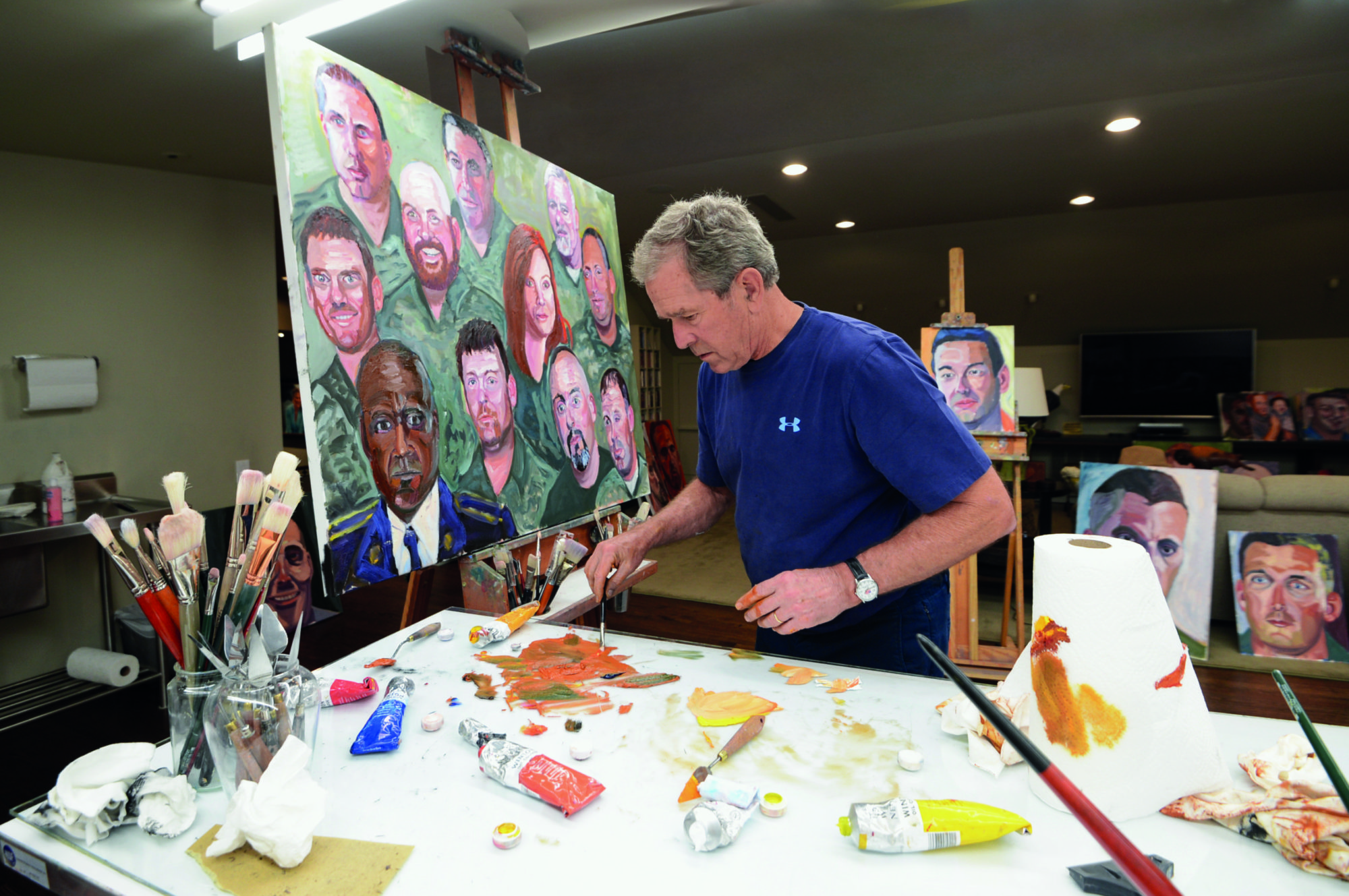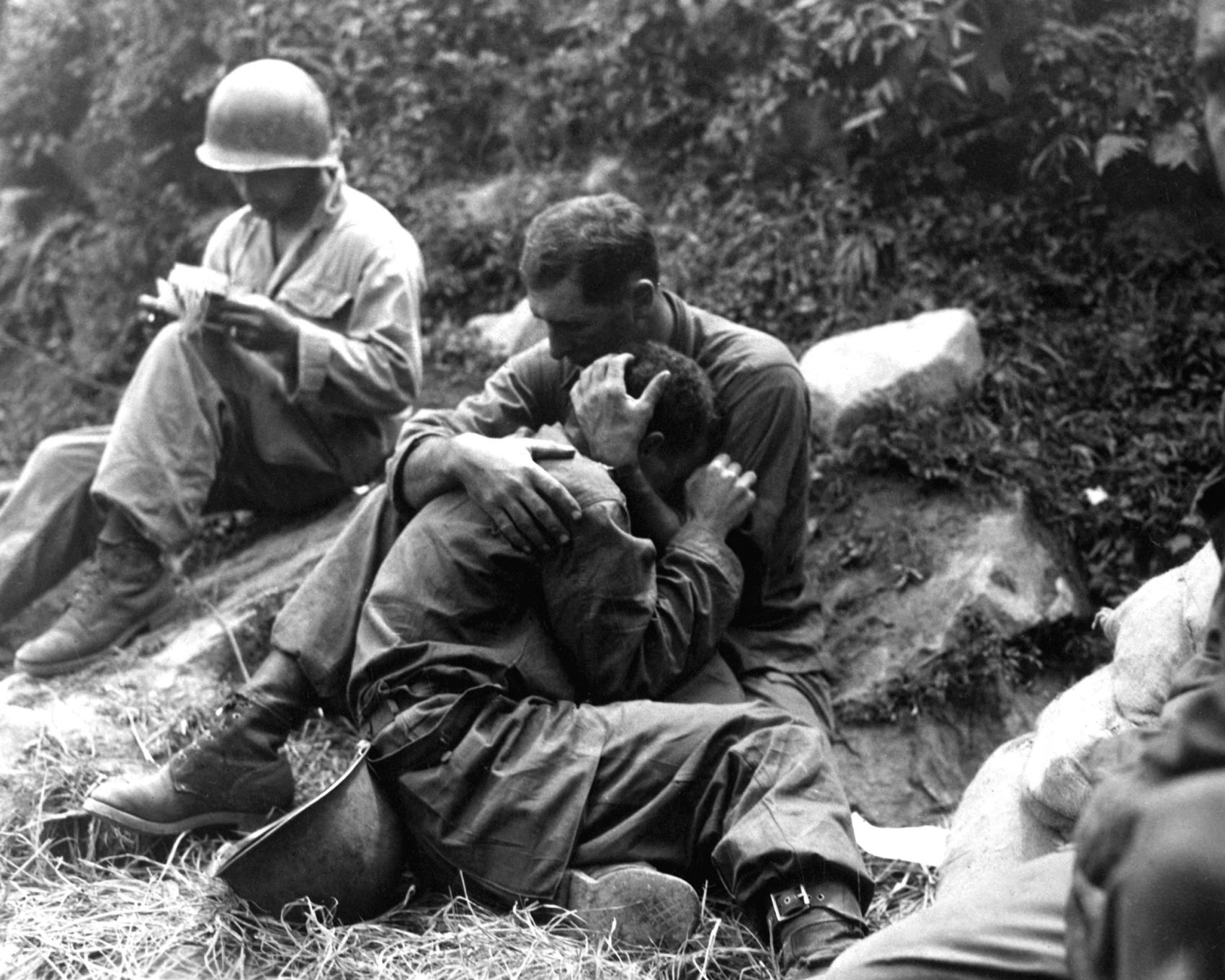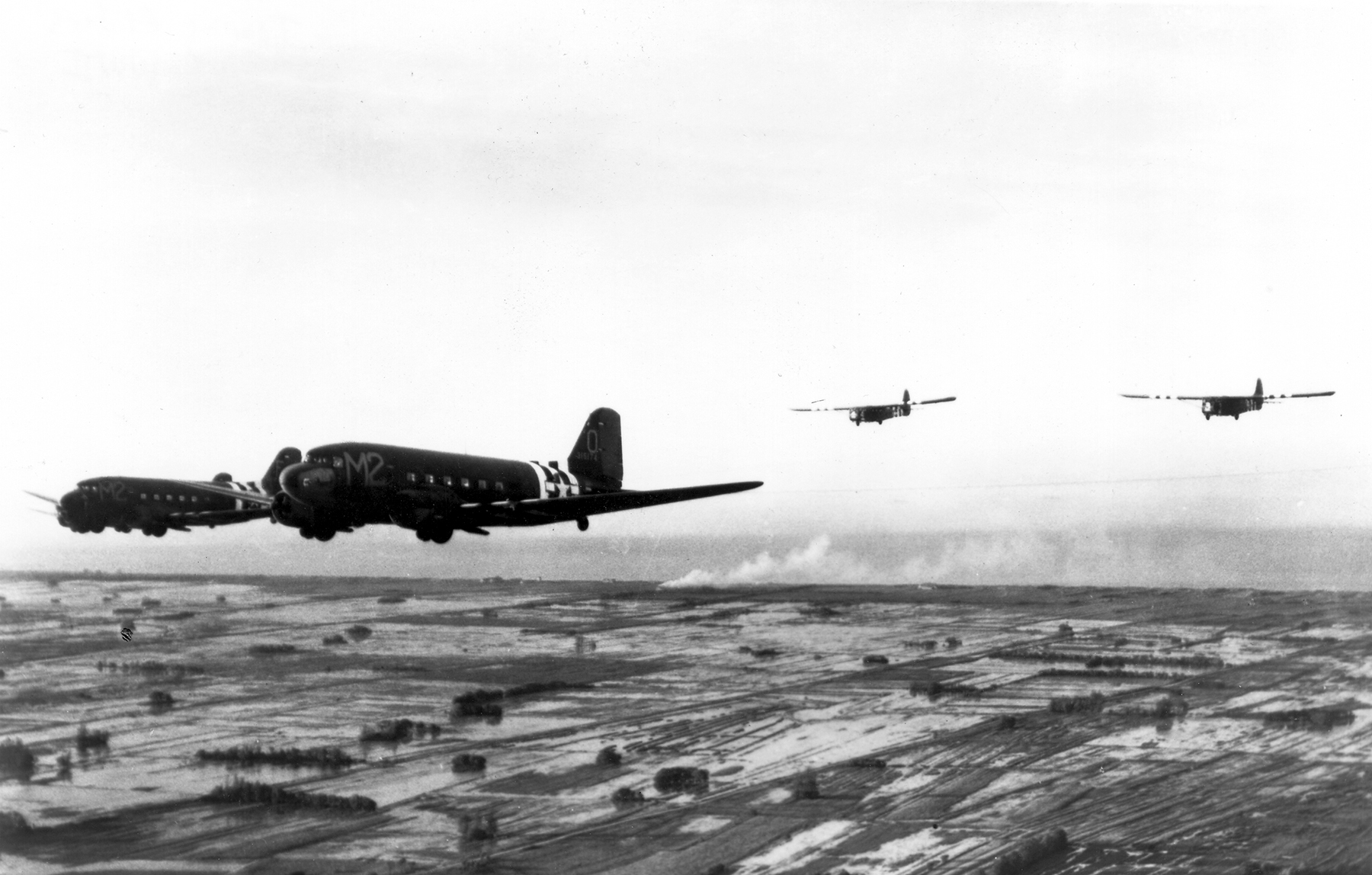Bracing Walk on the Other Side of War Literature
Review of River City One by John Waters, a novel of coming home from war
Seth AllardFebruary 20, 2024
Faith and Values: Revisiting The Long Gray Line
How a military works to rebuild itself, and how to find value in service to an ungrateful nation are evergreen lessons of Atkinson’s novel.
Garrett ExnerMay 29, 2023
Seventy-five Years of The Best Years of Our Lives: A Retrospective on War and Peace
Seventy-five years ago, the Samuel Goldwyn masterpiece “The Best Years of Our Lives” premiered to universal critical and popular acclaim. Reviewing the film now, two overarching contrasts between past and present are clear.
Mark R. RoyceApril 28, 2021
Presbyterian Church Serves Military Families with “Hail and Farewell,” Educates Civilians
Can other churches use hail and farewell events to welcome military families better, educate civilians about military life, and show how servicemembers serve the church?
Mark MeltonAugust 22, 2018
Burns and Novick’s The Vietnam War is Profoundly and Fundamentally Wrong
From my perspective the Ken Burns and Lynn Novick production of “The Vietnam War” had but one objective: to reinforce the standard anti-war narrative that the Vietnam War was unwinnable, illegal, immoral, and ineptly conducted by the allies from start to finish.
Lewis SorleyMay 8, 2018
Some Soils and Seeds of Isolationism
Isolation may be impractical, but its appeal is very understandable. In this article, originally published on June 14, 1943, in Christianity and Crisis, Charles Gilkey presents six influences upon this school of thought, and emphasizes the importance of giving primacy to the opinion of returning veterans in defining future U.S. foreign policy.
Christianity & Crisis MagazineMay 4, 2018
A President Honors Wounded Veterans: Review of George W. Bush’s Portraits of Courage
President George W. Bush’s Portraits of Courage can help the nation, and especially the Church, better understand wounded warriors.
Mark MeltonApril 5, 2017
The (Twin) Wounds of War
Much has been written on the types of “woundedness” warriors suffer in combat, including physical, mental, emotional, and even moral injury. However, the U.S. has failed to explore a warrior’s spiritual injury in combat and its debilitating, life-long effects (including for a warrior’s family).
Timothy MallardFebruary 13, 2017
When History Tipped toward Freedom
It was a day, in the words of President Franklin Roosevelt, when “the pride of our nation” began a battle…
Alan DowdJune 6, 2016
